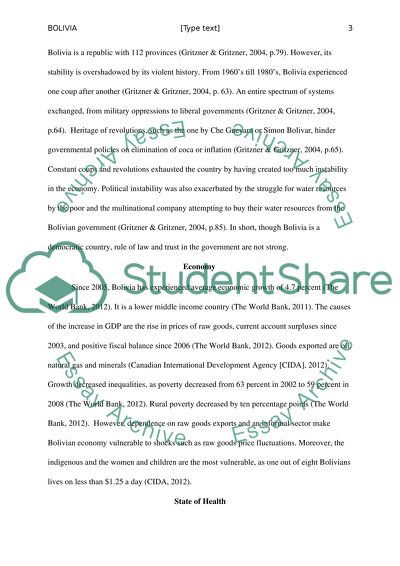Cite this document
(“Country with high mortality: Bolivia Research Paper”, n.d.)
Country with high mortality: Bolivia Research Paper. Retrieved from https://studentshare.org/nursing/1461904-country-with-high-mortality-bolivia
Country with high mortality: Bolivia Research Paper. Retrieved from https://studentshare.org/nursing/1461904-country-with-high-mortality-bolivia
(Country With High Mortality: Bolivia Research Paper)
Country With High Mortality: Bolivia Research Paper. https://studentshare.org/nursing/1461904-country-with-high-mortality-bolivia.
Country With High Mortality: Bolivia Research Paper. https://studentshare.org/nursing/1461904-country-with-high-mortality-bolivia.
“Country With High Mortality: Bolivia Research Paper”, n.d. https://studentshare.org/nursing/1461904-country-with-high-mortality-bolivia.


